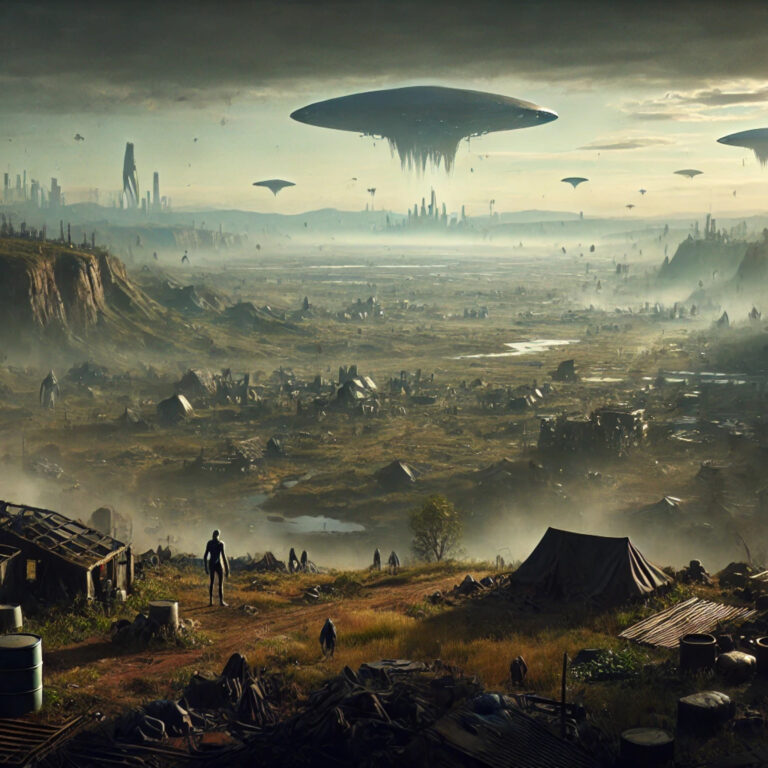Exploring the Surface of Mercury: A Closer Look at the Planet’s Craters and Plains
Mercury is the smallest and innermost planet in the Solar System, and its surface is characterized by a variety of features, including craters and plains. In this article, we will take a closer look at these features and explore the surface of Mercury in greater detail.
Craters are the most prominent features on the surface of Mercury. These impact craters are formed when asteroids and comets collide with the planet’s surface, leaving behind circular depressions. The craters vary in size, ranging from a few kilometers to hundreds of kilometers in diameter. The largest crater on Mercury is the Caloris Basin, which is approximately 1,550 kilometers in diameter.
The plains of Mercury are vast, flat areas that cover much of the planet’s surface. These plains are believed to be the result of lava flows that occurred billions of years ago. The plains are relatively smooth and featureless, with few impact craters.
The surface of Mercury is also home to a variety of other features, including ridges, scarps, and troughs. These features are believed to be the result of the planet’s cooling and shrinking over time.
In conclusion, the surface of Mercury is an interesting and varied landscape. Its craters and plains provide insight into the planet’s history and evolution, and further exploration of the planet’s surface is sure to yield even more fascinating discoveries.
The Unusual Orbit of Mercury: Investigating the Planet’s Unique Path Around the Sun
The orbit of Mercury is unique among the planets in the Solar System. Its path around the Sun is highly eccentric, with a perihelion of 46 million kilometers and an aphelion of 70 million kilometers. This is in contrast to the orbits of other planets, which are generally more circular.
The cause of this unusual orbit is not fully understood. Several theories have been proposed to explain it, including the effects of gravitational perturbations from other planets, the presence of a hypothetical planet in the Solar System, and the effects of general relativity.
In order to investigate the cause of Mercury’s eccentric orbit, scientists have conducted a number of studies. These include numerical simulations of the Solar System, observations of the planet’s motion, and measurements of its gravitational field.
The results of these studies have provided valuable insight into the dynamics of the Solar System. They have also helped to refine our understanding of the effects of gravity on the orbits of planets.
Overall, the unique orbit of Mercury is an intriguing phenomenon that continues to challenge our understanding of the Solar System. Further research is needed to fully explain its cause and to determine its implications for our understanding of the Universe.
The Atmosphere of Mercury: Examining the Planet’s Thin and Unstable Air Layer
Mercury is the smallest and innermost planet in the Solar System, and its atmosphere is one of the least studied and understood. The atmosphere of Mercury is extremely thin and unstable, composed of a tenuous layer of gas that is constantly being lost to space. This atmosphere is composed primarily of oxygen, sodium, and helium, with trace amounts of other elements.
The atmosphere of Mercury is extremely thin, with a surface pressure of only about 10-14 millibars. This is about one-hundredth of the atmospheric pressure on Earth. The atmosphere is also very unstable, with the gases being constantly lost to space due to the planet’s weak gravitational field. This process is known as “atmospheric escape”.
The atmosphere of Mercury is constantly being replenished by the planet’s surface. Volcanic activity on the planet’s surface releases gases such as sulfur dioxide, carbon dioxide, and water vapor into the atmosphere. These gases are then broken down by the planet’s ultraviolet radiation, releasing oxygen, sodium, and helium into the atmosphere.
The atmosphere of Mercury is also affected by the solar wind, which is a stream of charged particles that is constantly blowing from the Sun. The solar wind interacts with the atmosphere of Mercury, causing the gases to be stripped away and lost to space. This process is known as “solar wind sputtering”.
The atmosphere of Mercury is constantly changing, and it is difficult to predict how it will evolve over time. However, it is clear that the atmosphere of Mercury is extremely thin and unstable, and is constantly being lost to space. This makes it difficult to study and understand, but it is an important part of the planet’s environment.








